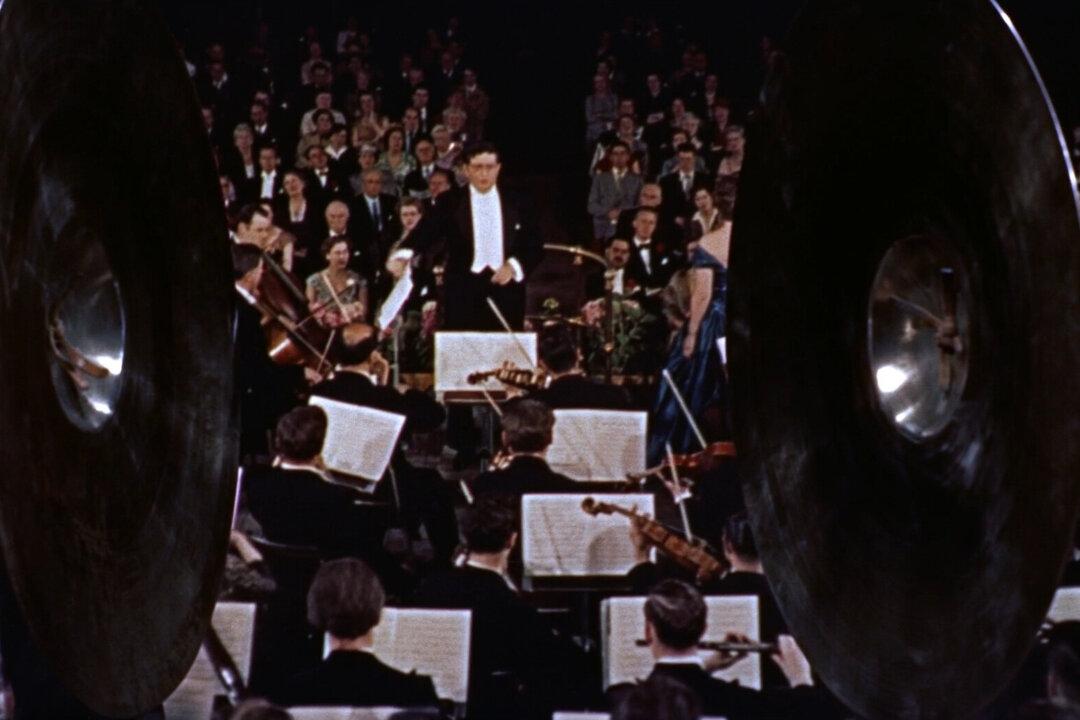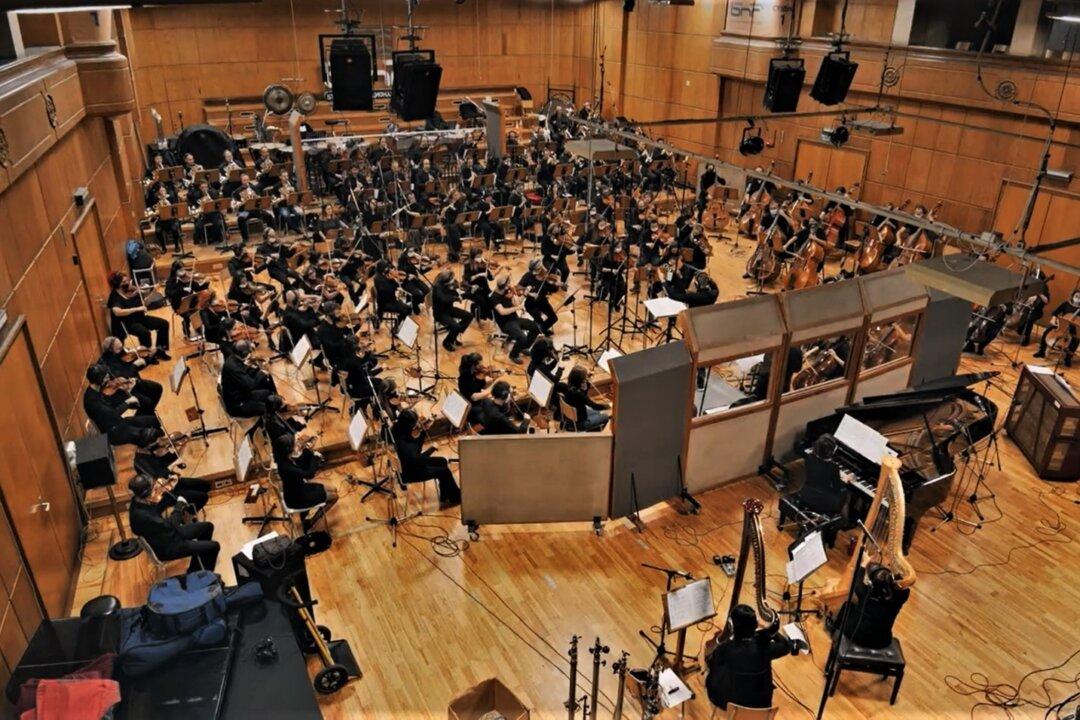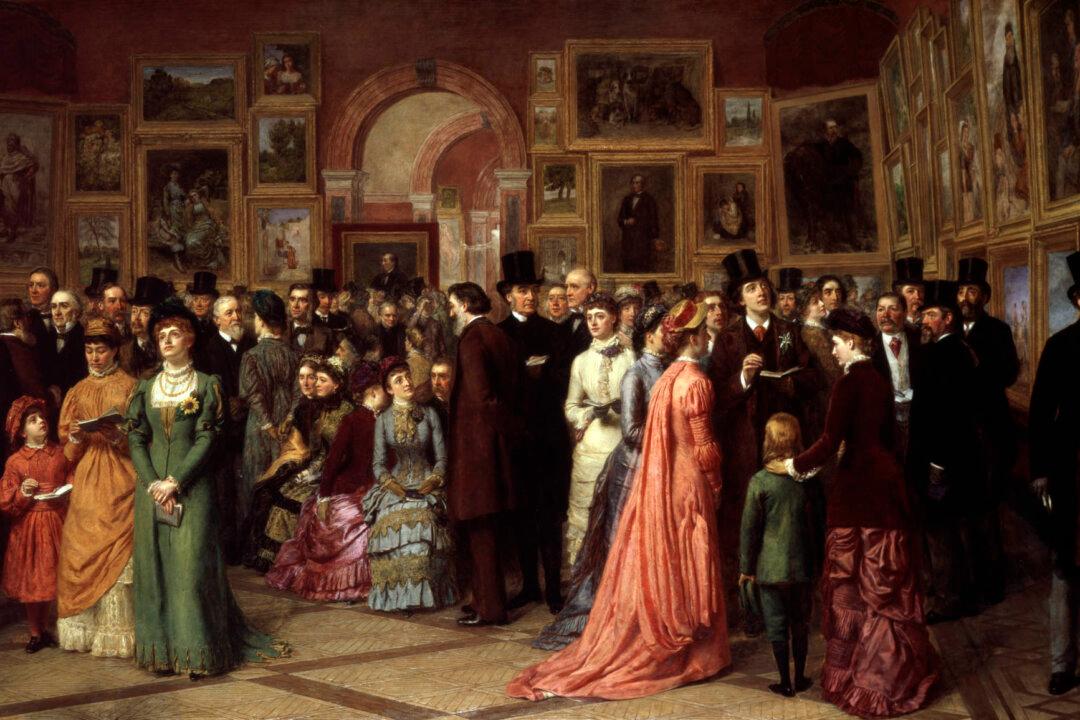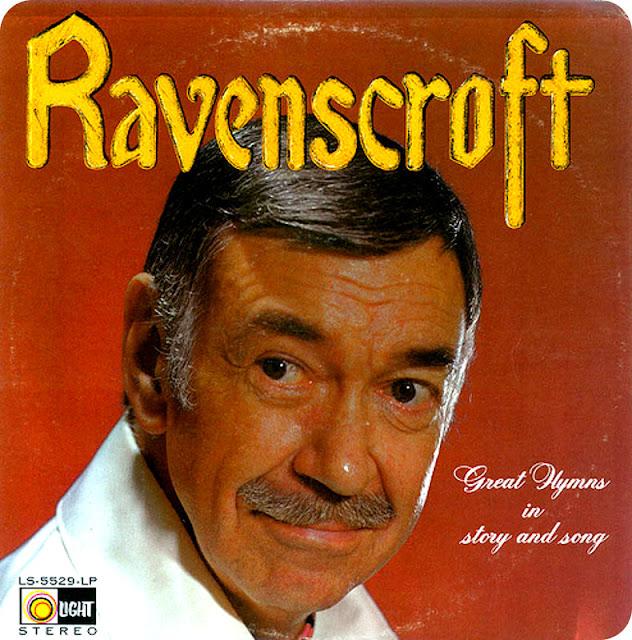In recent years, as symphony orchestras have struggled to remain in the black, they have adopted increasingly innovative programming to sell tickets. One way to do that has been to increase the number of better-attended pops concerts and decrease the number of classical concerts during their season. Even in the classical concerts, they have taken to playing suites of film music excerpts, which used to be performed only in the pops concerts. Often, these have taken the place of the concert’s “new music” slot, formerly reserved for often dissonant contemporary pieces.
While leading pre-concert discussions, I have frequently been asked by an audience member something like this: “Isn’t film music really the new classical music?” It seems a reasonable question, given that fewer people than ever in the populace as a whole even know that the so-called contemporary, “academic” genre of classical music even exists. It also seems reasonable because so much film music has long endured and is loved. It is often written for the same orchestral instrumentation as many classical pieces and in a late Romantic style, influenced by classical composers like Richard Wagner or Gustav Holst.






